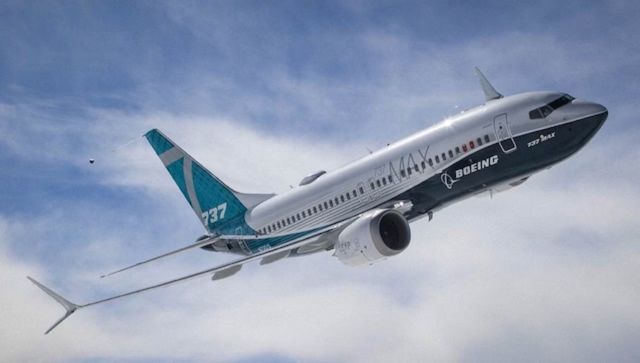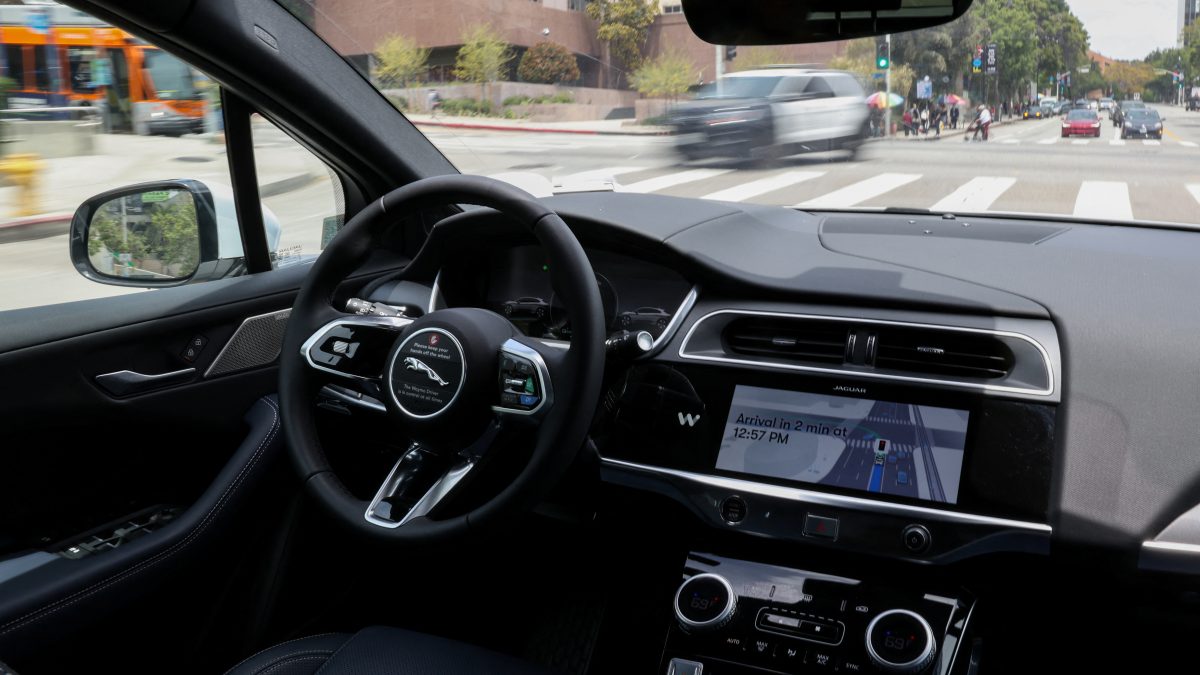On January 5th, 2024, the first weekend of the new year, some Americans saw their worst nightmares come true. People were still in their holiday mood; some were perhaps returning back their quotidian jobs when passengers aboard the Alaska Airlines 1282 were shaken by a gut-wrenching incident. The plane was leaving Portland and was headed to California but just ten minutes into the flight, a chunk of the plane went flying into the air. As the airplane was beginning to ascent, a door panel blew away, leaving a gaping hole in the body of the aircraft.
The flight almost teetered into a near disaster but since the seat next to the door was empty a major calamity was averted. The plane made a quick U-turn and made an emergency landing back at the Portland airport. The incident brought back all eyes at the infamous planemaker Boeing. Alaska’s flight 1282 was a Boeing 737 Max 9 and the accident added to an already stained history of Boeing’s 737 Max jets. Almost immediately, Alaska Airlines grounded its fleet of 65 Boeing 737 Max 9. In a statement, CEO Ben Minicucci said that the “aircraft will be returned to service only after completion of full maintenance and safety inspection.” The U.S. Federal Aviation Administration (FAA) also ordered a temporary grounding of about 171 of the jets. The FAA is investigating whether Boeing failed to make sure a panel that blew off a jetliner in midflight last week was safe and manufactured to meet the design that regulators approved. Meanwhile, the National Transportation Safety Board (NTSB) also launched an investigation into the accident. Boeing had said it would cooperate with the investigation, which is focusing on plugs used to fill spots for extra doors when those exits are not required for safety reasons on Boeing 737 Max 9 jetliners. Alaska says it has since found more loose hardware on several other Boeing vehicles’ during its inspections. United Airlines also informed of finding loose bolts on the vehicle’s plug doors. What caused the mid-air accident? The 737 Max 9 aircraft involved in the accident, was a fairly new vehicle. It was delivered to Alaska on October 31, 2023. It would have completed only around 100 flights a month which rules out the possibility of normal wear and tear. The NTSB, on the other hand, has already said it does not suspect a design flaw. This means either the door itself could have been faulty, or it was not bolted in place correctly. However, there is no conclusive report yet. Later in the week, the missing door panel was finally discovered in the backyard of a school teacher’s house in Portland. The discovery of the missing door is likely to provide vital clues to investigators about what went wrong and why. Who was responsible for the accident? The door that blew off the Alaska aircraft was produced by Boeing’s supplier Spirit Aerosystems. Spirit Aerosystems has previously faced criticism in the past for serious quality control failures. However, Boeing itself is not too far behind. The planemaker is plagued with long-running quality issues. Boeing used to have a reputation for unmatched safety and quality in its commercial jets but that no longer stands. In 2011, Boeing started working on its Max variants billing it as an update to its previous 737 jets. The company said the new jets would not require additional pilot training which eventually became a key selling point for the 737 Max planes. However, the new versions did include significant changes, some of which Boeing downplayed. One of them was the addition of an automated flight-control system called MCAS that pilots didn’t know about. This gave way to two of the most catastrophic crashes for Boeing in recent times. In October 2018, a 737 Max 8 operated by Indonesia’s Lion Air plunged into the Java Sea. Shortly after, in March 2019, another 737 Max 8 operated by Ethiopian Airlines crashed just six minutes after take-off. A total of 346 people were killed in both crashes. This led to the grounding of all Max jets for nearly two years. Boeing had to pay a whopping $2.5 billion to settle an investigation by the U.S. Justice Department. Do Indians face the risk of similar accidents? In India, airlines do not use Boeing’s 737 Max 9 variants, however, many still use the 737 Max 8 aircraft–this includes Akasa Air (22), SpiceJet (9) and Air India Express (9). Following the weekend accident, India’s aviation regulator ordered the inspection of all these aircraft. During its review, the regulator found a missing part in at least one of the vehicles. In the wake of the accident, Boeing’s CEO Dave Calhoun offered an apology saying the company will ensure that this “never happens again.” But it remains to be seen if Calhoun’s assurances appease the investors. On the Monday after the accident, when trading began on Wall Street, Boeing saw its share prices plummet. Its shares plunged by at least 7% in midday trading. Just as the firm was beginning to recover from its previous losses, it seems to have hit an impasse. Back in 2020, as costs mounted after two disastrous crashes, Boeing posted its first annual loss in two decades. And just last year it laid off about 2000 people from its finance and human resource team. Perhaps, it’s not an exaggeration to assume that the planemaker is headed towards the same fate. The bigger question now is- will Boeing’s business make a U-turn in time or will it crash?


)

)
)
)
)
)
)
)
)



